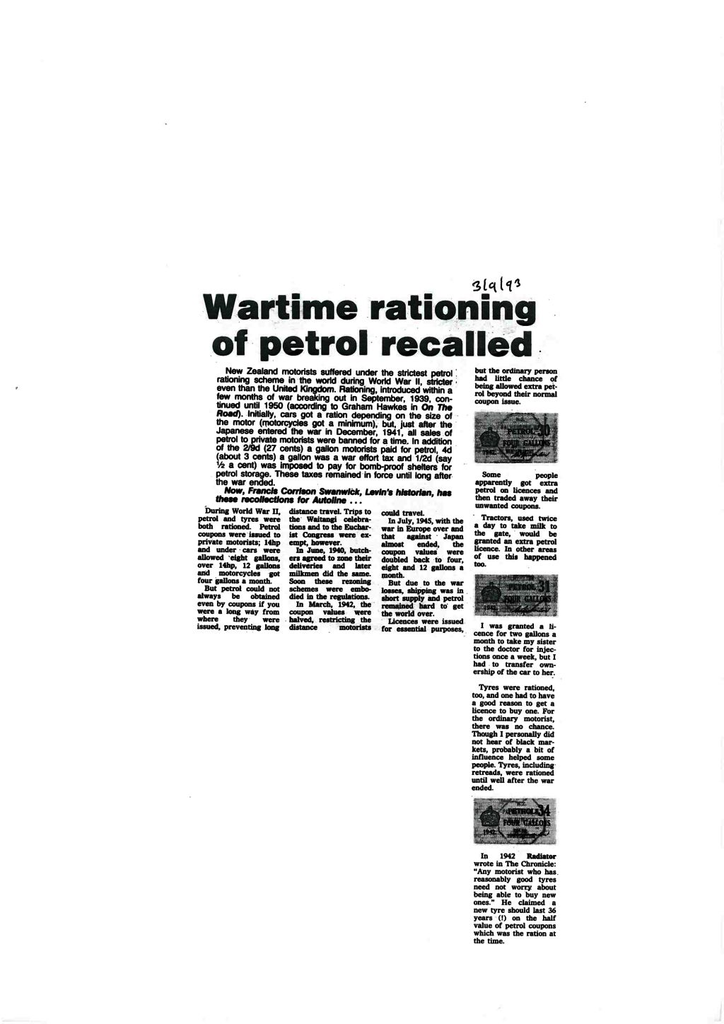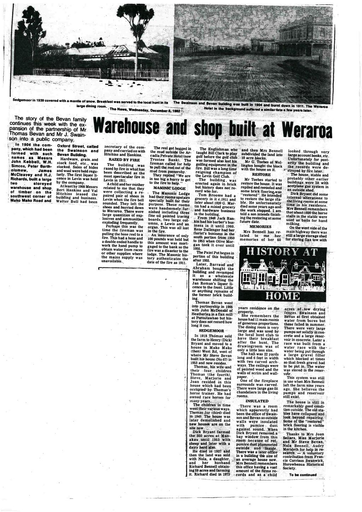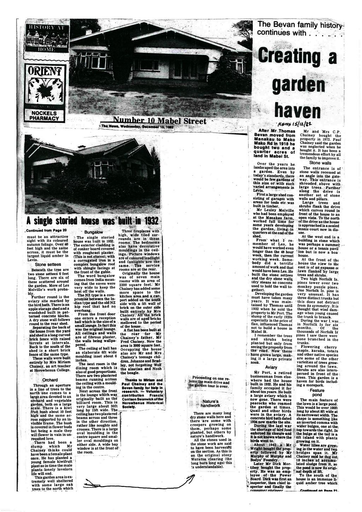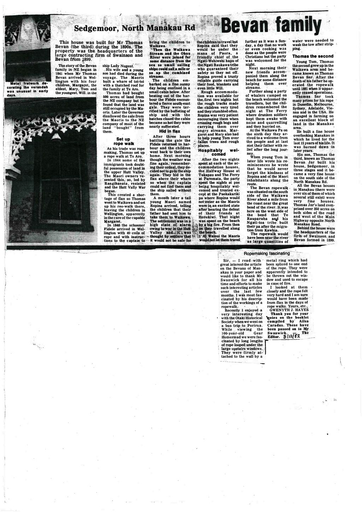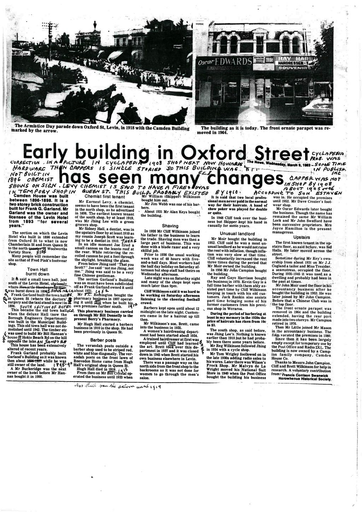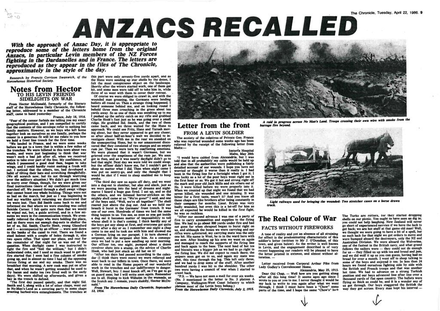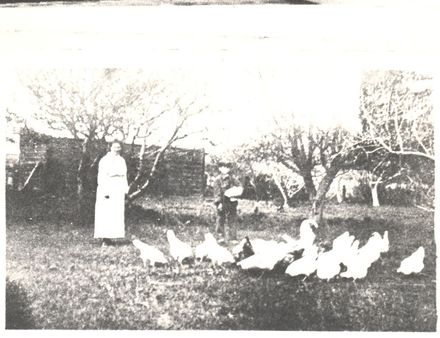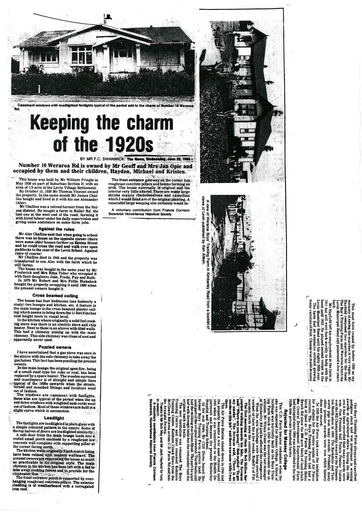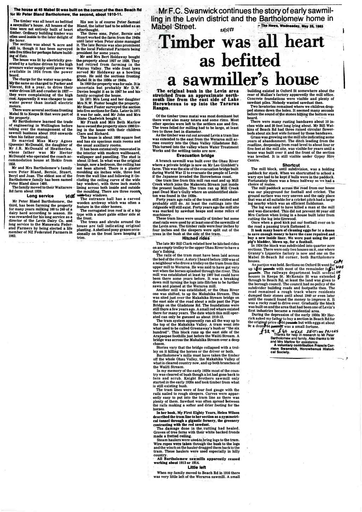Wartime Rationing of Petrol
- Description
New Zealand motorists suffered under the strictest petrol rationing scheme in the world during World War 11, stricter even than the United Kingdom. Rationing, introduced within a few months of war breaking out in September 1939, continued until 1950 (according to Graham Hawkes in On The Road). Initially, cars got a ration depending on the size of the motor (motorcycles got a minimum), but, just after the Japanese entered the war in December, 1941, all sales of petrol to private motorists were banned for a time. In addition to the 2/9d (27 cents) a gallon motorists paid for petrol, 4d (about 3 cents) a gallon was a war effort tax and 1/2d (say ½ a cent) was imposed to pay for bomb-proof shelters for petrol storage. These taxes remained in force until long after the war ended.
Now, Francis Corrison Swanwick, Levin’s historian, has these recollections for Autoline…….
During World War 11, petrol and tyres were both rationed. Petrol coupons were issued to private motorists; 14hp and under cars were allowed eight gallons, over 14hp, 12 gallons and motorcycles got four gallons a month.
But petrol could not always be obtained even by coupons if you were a long way from where they were issued, preventing long distance travel. Trips to the Waitangi celebrations and to the Eucharist Congress were exempt, however.
In June 1940, butchers agreed to zone their deliveries and later milkmen did the same. Soon these rezoning schemes were embodied in the regulations.
In March, 1942, the coupon values were halved restricting the distance motorists could travel.
In July, 1945, with the war in Europe over and that against Japan almost ended, the coupon values were doubled back to four, eight and 12 gallons a month.
But due to the war losses, shipping was in short supply and petrol remained hard to get the world over.
Licences were issued for essential purposes, but the ordinary person had little chance of being allowed extra petrol beyond their normal coupon issue.
Some people apparently got extra petrol on licences and then traded away their unwanted coupons.
Tractors, used twice a day to take milk to the gate, would be granted an extra petrol licence. In other areas of use this happened too.
I was granted a licence for two gallons a month to take my sister to the doctor for injections once a week, but I had to transfer ownership of the car to her.
Tyres were rationed, too, and one had to have a good reason to get a licence to buy one. For the ordinary motorist, there was no chance. Though I personally did not hear of black markets, probably a bit of influence helped some people. Tyres, including retreads, were rationed until well after the war ended.
In 1942 Radiator wrote in The Chronicle: “Any motorist who has reasonably good tyres need not worry about being able to buy new ones.” He claimed a new tyre should last 36 years (!) on the half value of petrol coupons which was the ration at the time.
Identification
- Date
- September 3, 1993
Taxonomy
- Community Tags


